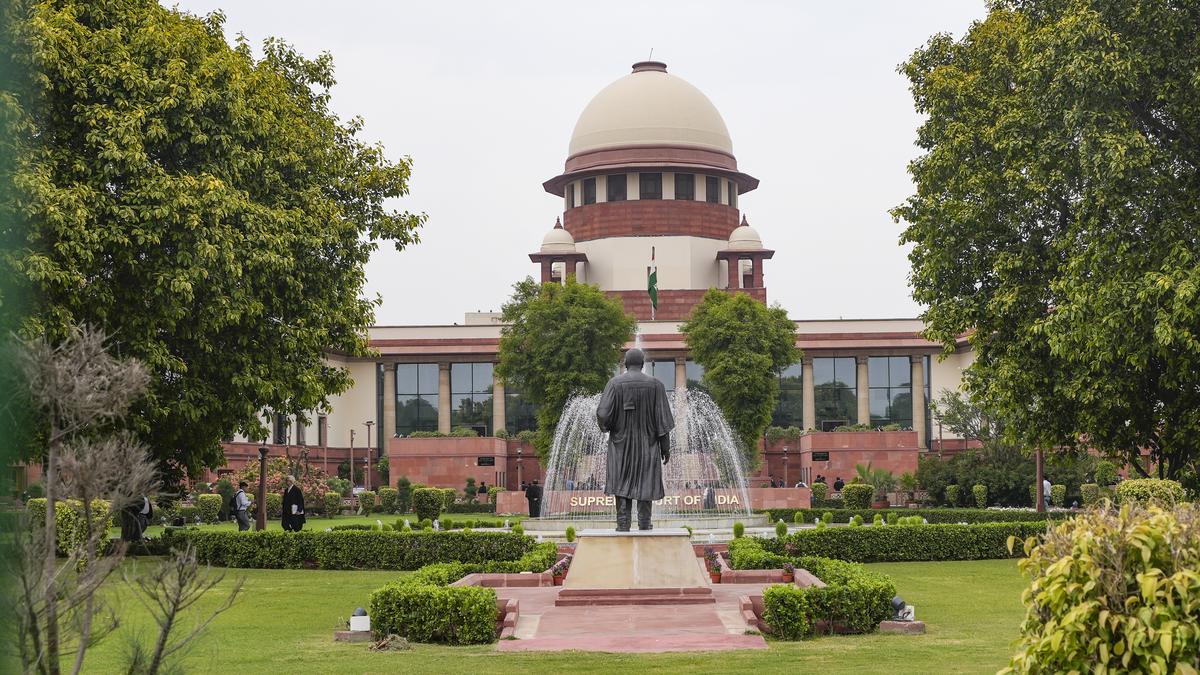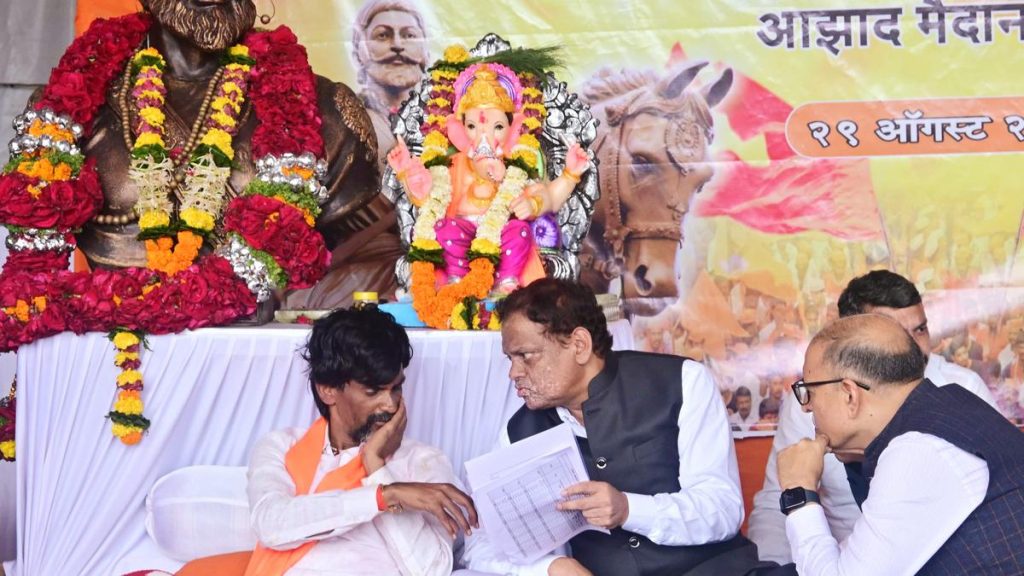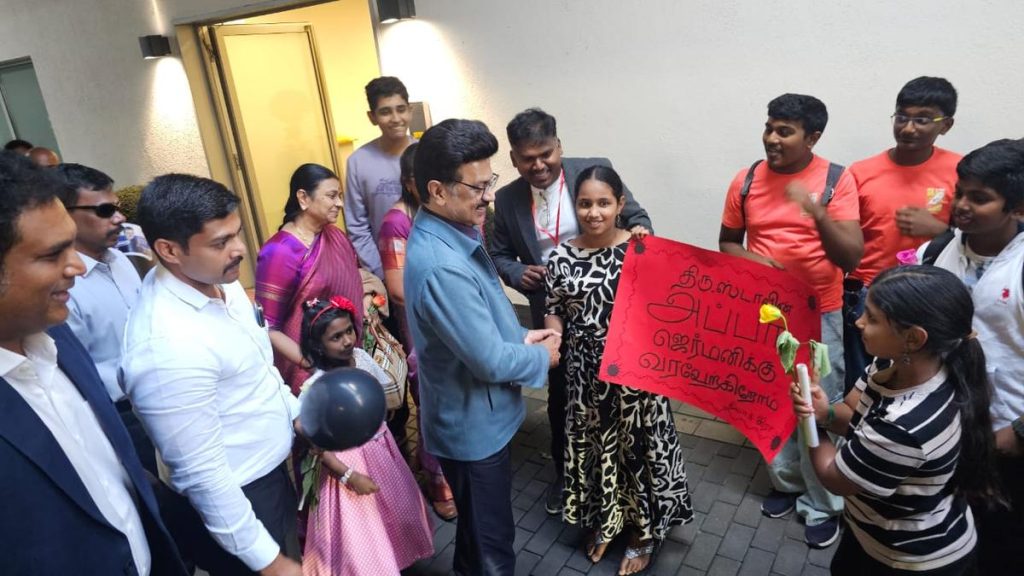Now Reading: Supreme Court Bar Highlights Gender Imbalance in Higher Judiciary Representation
-
01
Supreme Court Bar Highlights Gender Imbalance in Higher Judiciary Representation
Supreme Court Bar Highlights Gender Imbalance in Higher Judiciary Representation

Speedy Summary
- SCBA Resolution: The Supreme Court Bar Association (SCBA) passed a resolution expressing concern over the low representation of women judges in India’s Supreme Court and High Courts.
- Justices Sworn In: Justices Alok Aradhe and Vipul M. Pancholi were sworn in as Supreme Court judges on August 29, 2025.
- Controversy Over Appointment: Justice Pancholi’s elevation was criticized for superseding three senior women High Court judges. Justice B.V. Nagarathna dissented against his appointment in the Collegium meeting.
- Current Statistics: Out of approximately 1,100 sanctioned posts for High Court judges nationwide, only 103 are occupied by women compared to nearly 670 by men. Several high Courts currently lack any female representation.
- Previous Representation: The last appointment of a woman judge to the Supreme Court was in 2021.
- Advocacy Efforts: Senior advocate Vikas singh urged Chief Justice B.R. Gavai earlier this year to ensure proportional representation for women judges at both top court and High Courts.
Indian Opinion Analysis
the SCBA’s resolution underscores a stark gender imbalance within India’s judiciary, an issue that has persisted despite growing advocacy for diversity and inclusion across sectors. While systemic challenges such as seniority norms and entrenched biases often complicate reform efforts, the absence of female representation at several High Courts is particularly concerning given broader goals of equity and judicial impartiality.Justice Pancholi’s controversial elevation highlights these complexities, raising questions about prioritizing merit versus fair representation-especially when three senior women were overlooked despite their qualifications. ensuring proportional representation requires deliberate policy changes from institutional bodies like the Collegium.
From a wider lens, diversifying India’s judiciary is not just about parity but also fostering perspectives that better reflect societal realities. Policymakers may need to revisit structural practices in judicial appointments considering statistical disparities highlighted by SCBA itself-only around 9% of current High Court judge positions are held by women.
For more details read here.

























